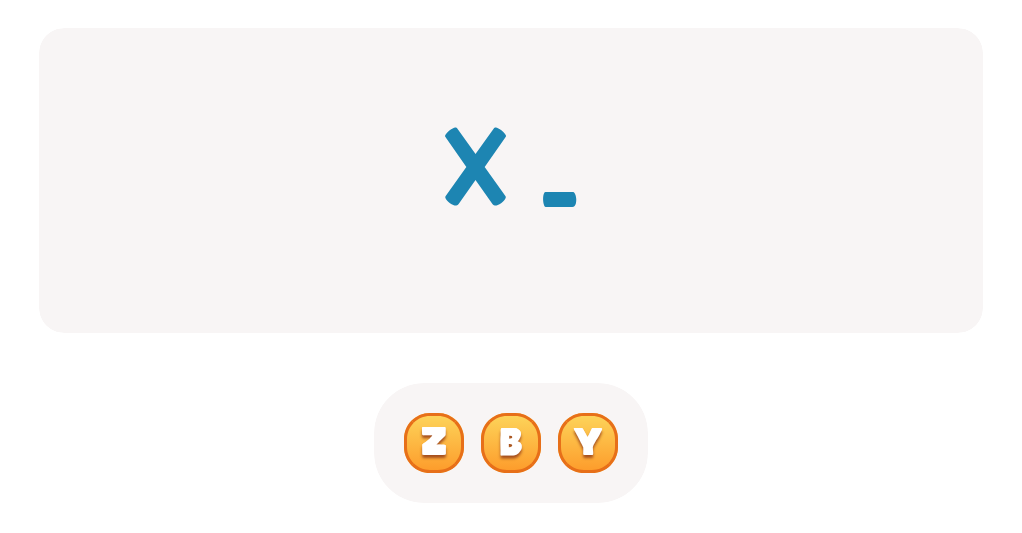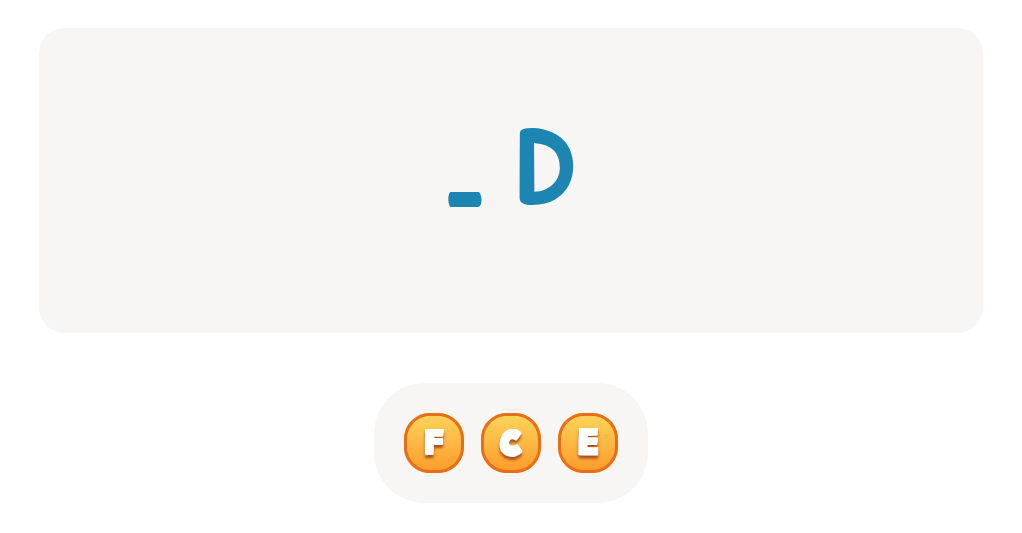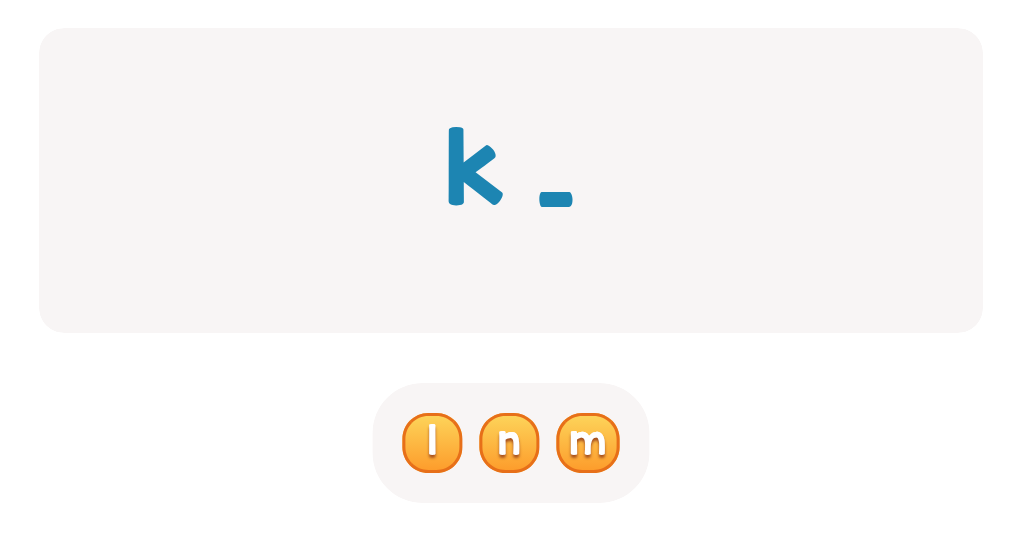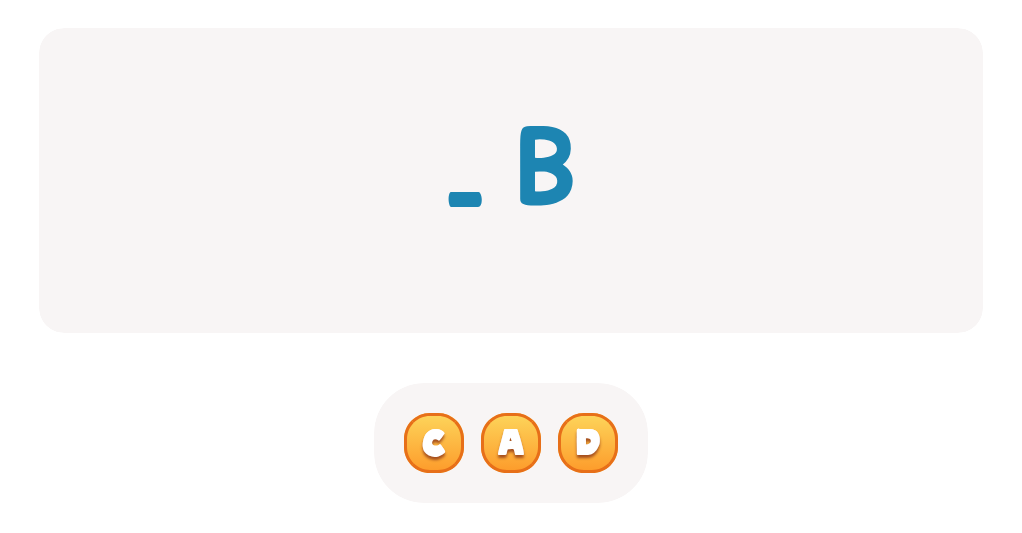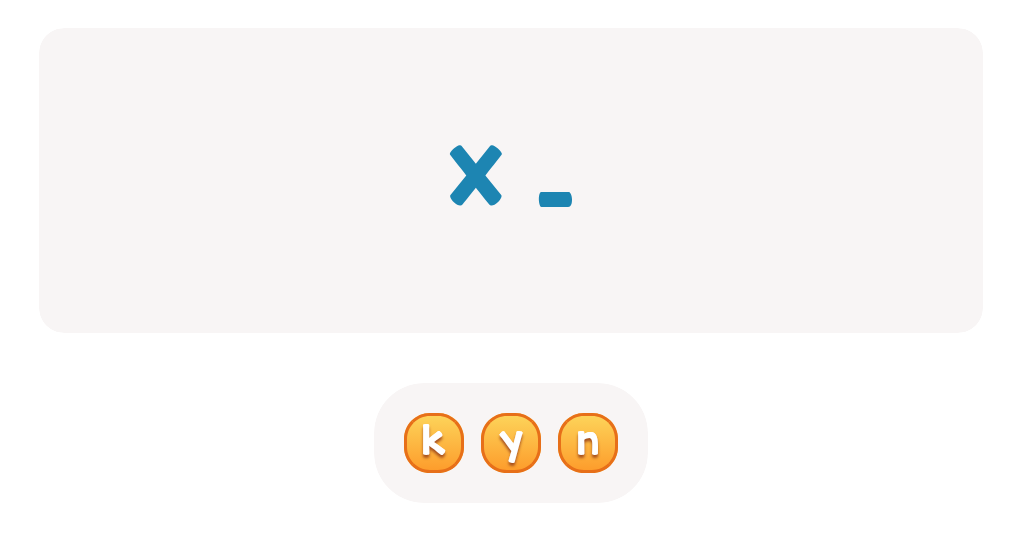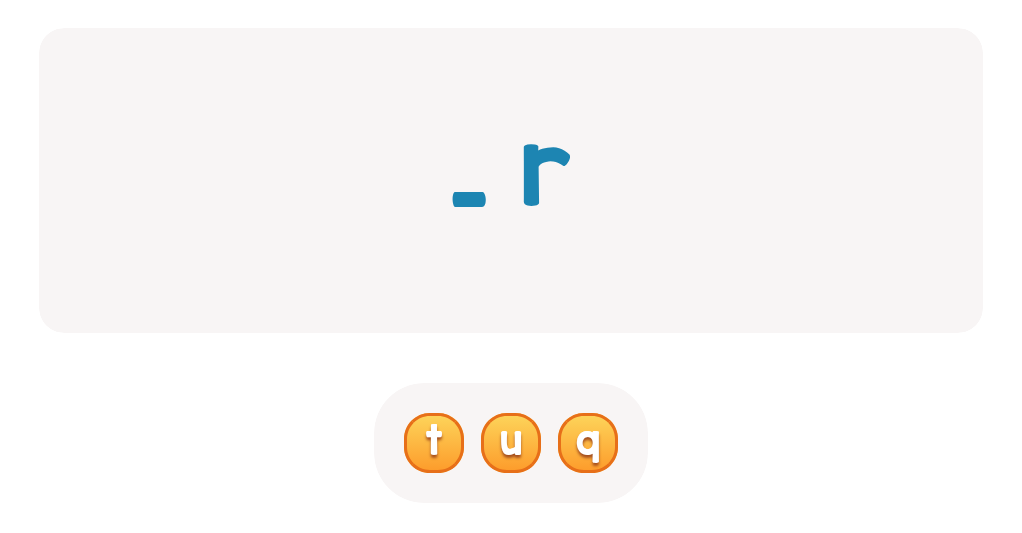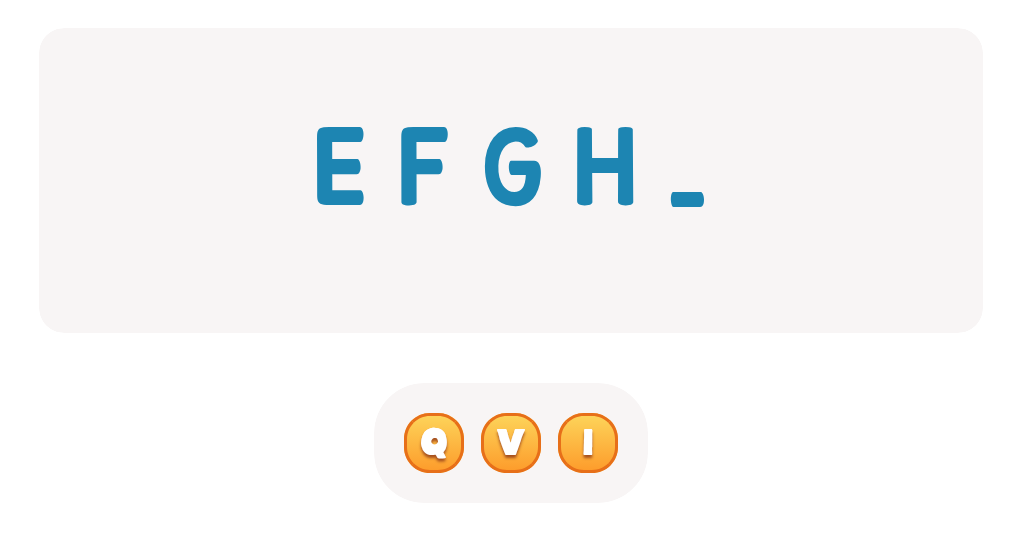Hand-eye Coordination Normal Upper & Lowercase Letters Worksheets for Ages 6-7
3 filtered results
-
From - To
Explore our engaging Hand-eye Coordination Normal Upper & Lowercase Letters Worksheets, specially designed for children aged 6-7. These worksheets offer a fun way to enhance letter recognition while developing essential motor skills. Children will practice writing both uppercase and lowercase letters, improving their hand-eye coordination as they trace, match, and identify letters through various interactive activities. With colorful designs and a variety of exercises, our worksheets create an enjoyable learning experience that boosts confidence and literacy skills. Perfect for classroom use or at-home learning, these resources encourage young learners to master the alphabet in a playful, effective way!
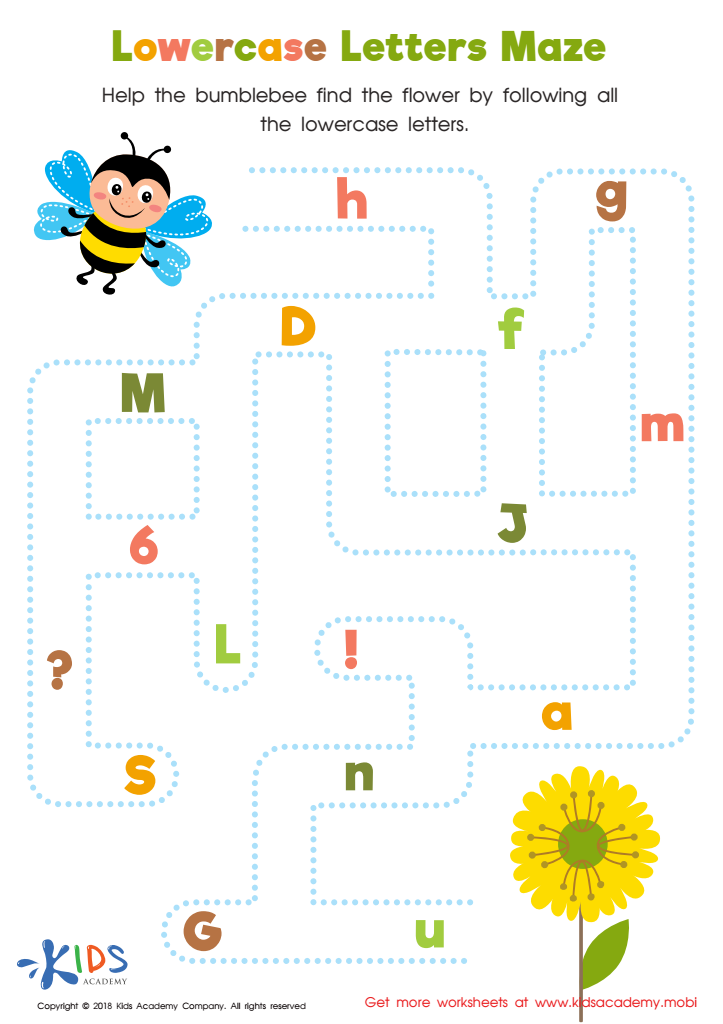

Lowercase Letters Maze Worksheet
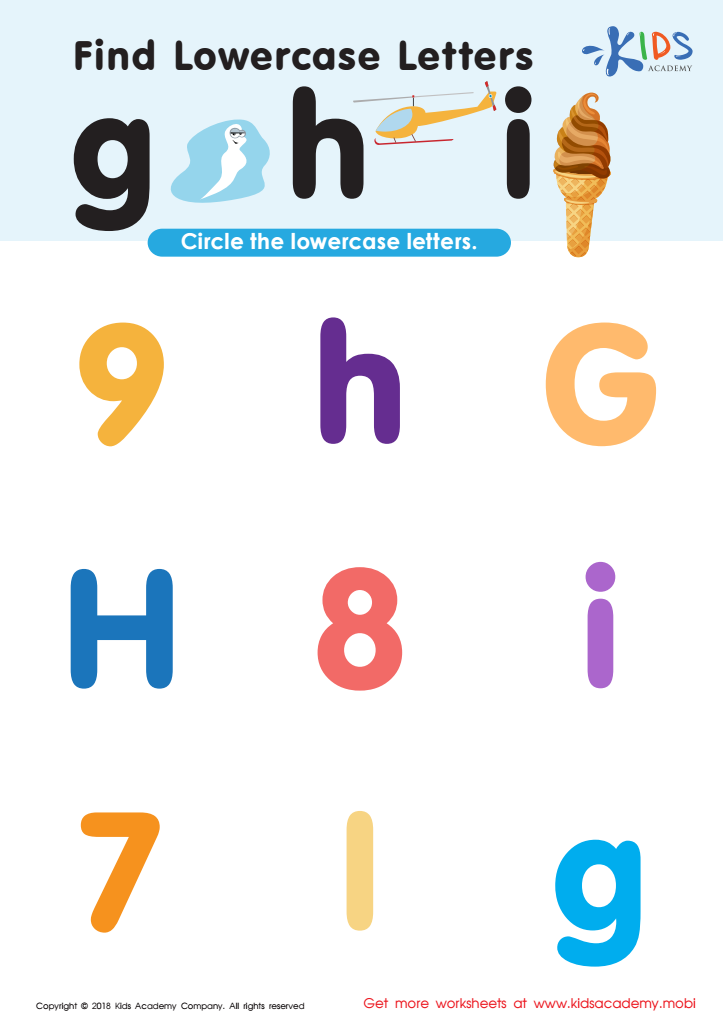

Find Lowercase Letters g h i Worksheet
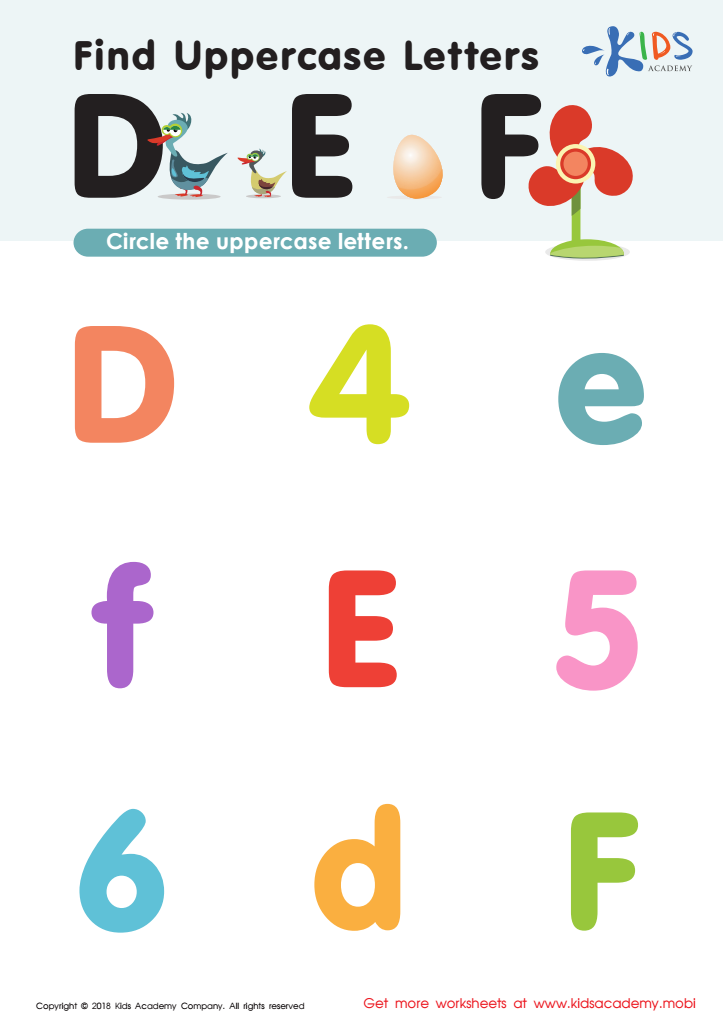

Find Uppercase Letters D, E, and F Worksheet
Hand-eye coordination is a crucial skill for children aged 6-7 as it significantly impacts their ability to write normal upper and lowercase letters. During this developmental stage, fine motor skills are still forming, and adequate hand-eye coordination helps children accurately control their pencil movements. Proficient letter formation is fundamental for legibility in writing and influences their ability to express ideas clearly.
Furthermore, developing strong hand-eye coordination fosters independence in academic tasks. Children who struggle with this skill may experience frustration during writing exercises, which can hinder their overall learning and confidence. By emphasizing hand-eye coordination, parents and teachers can support children in acquiring functional literacy, crucial for effective communication.
Additionally, hand-eye coordination contributes to various other activities beyond writing, including sports, crafts, and day-to-day tasks, ensuring a holistic approach to a child's development. Encouraging activities that promote hand-eye coordination, such as drawing, tracing, and various manipulative tasks, is vital. Parents and teachers working together in this regard can create a supportive learning environment that nurtures skills essential for both academic success and daily life competence. Ultimately, prioritizing hand-eye coordination can lead to significant long-term benefits in a child’s education and development.
 Assign to My Students
Assign to My Students
